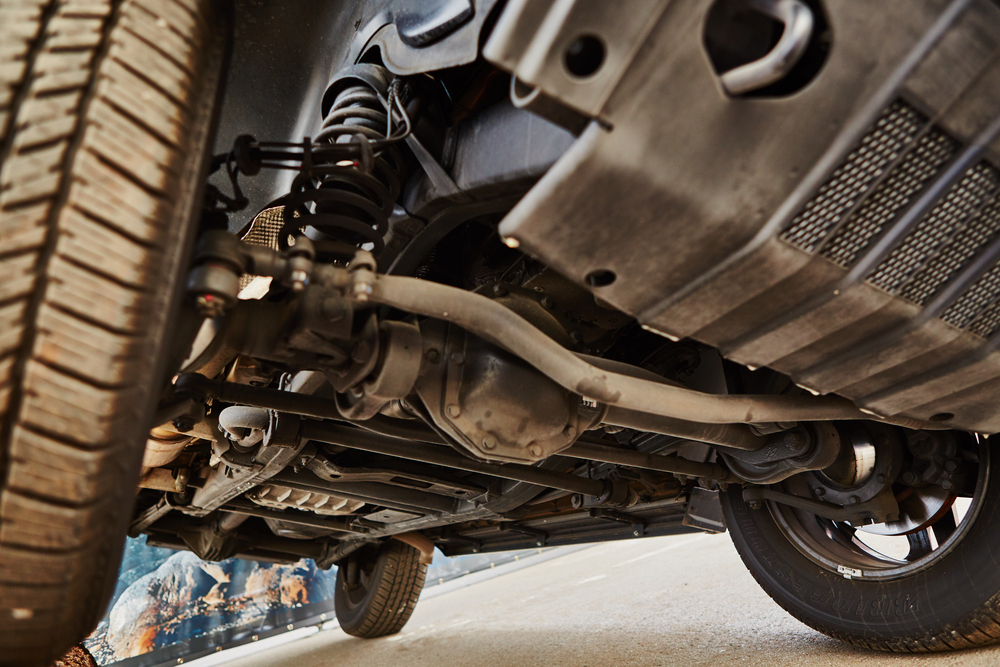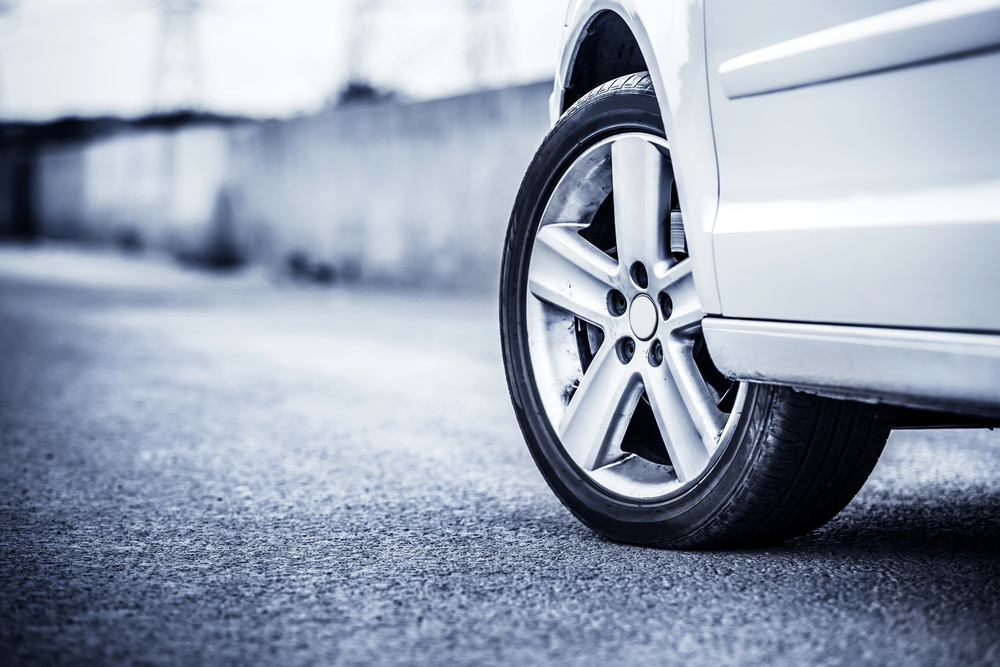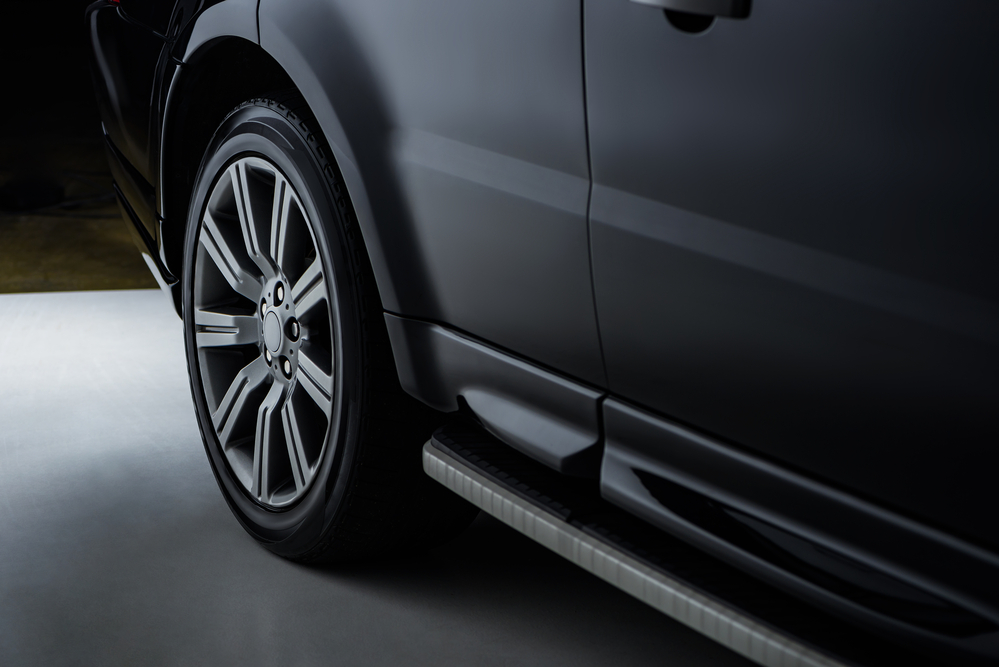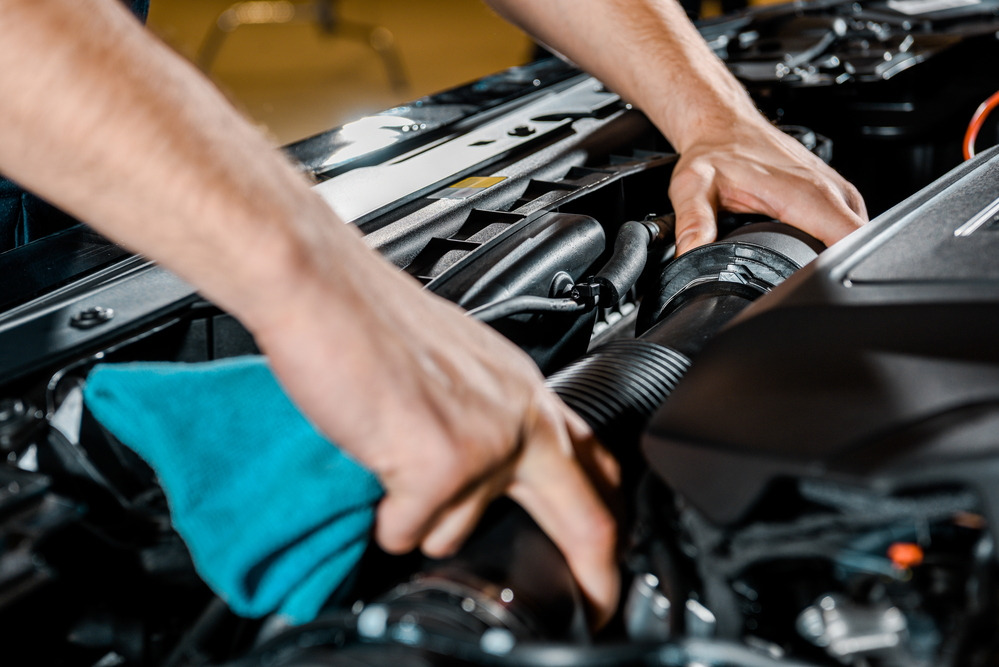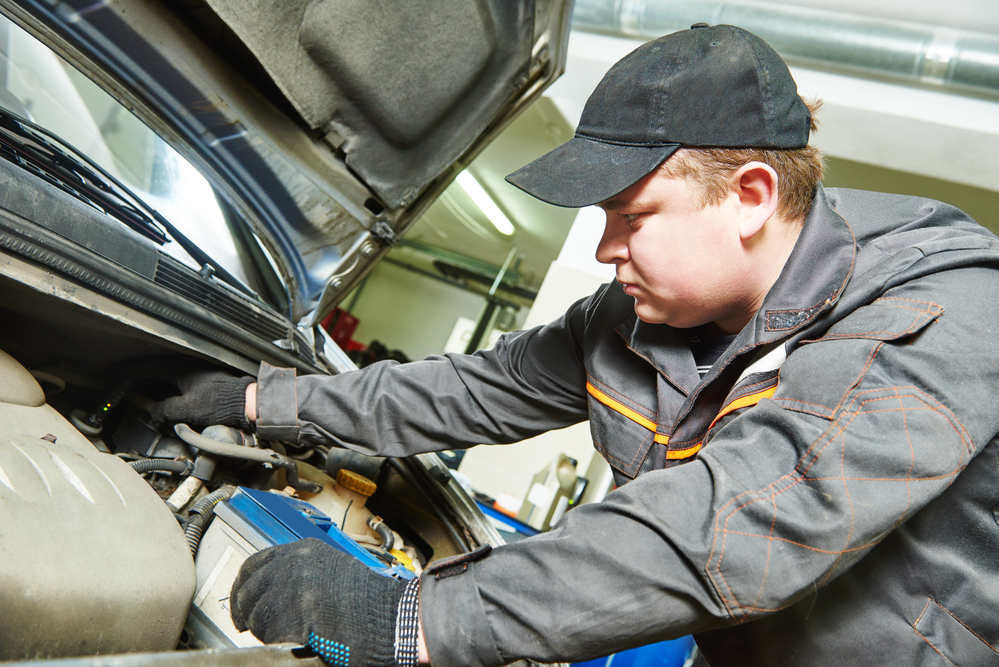There is no denying that things are expensive these days. When you get into a collision and need to get repairs done, you may be looking into ways that reduce the overall cost. In other words, you turn to refurbished or aftermarket car parts. While this may seem like an economical choice, it can actually reduce the quality of your collision repair and the safety of the vehicle down the line. As such, it is essential to search for a collision repair center in South Jersey like Elmer’s Auto Body who focuses on using OEM parts.
Let’s discuss how aftermarket parts impact your vehicle’s safety.
On An IIHS Study
There was a study that highlights the importance of using Original Equipment Manufacturer (OEM) parts versus aftermarket. A 2018 study by the Insurance Institute for Highway Safety (IIHS) revealed concerning risks associated with these parts. The study compared vehicles repaired with aftermarket components to those fixed with original equipment manufacturer (OEM) parts, focusing on structural and safety aspects.
The findings highlighted a higher likelihood of structural and safety deficiencies in vehicles repaired with aftermarket parts. Critical elements like frame components and safety features were found to be less reliable, potentially compromising the vehicle’s ability to withstand impact forces and deploy safety systems effectively.
Moreover, safety features like airbags were less reliable when aftermarket parts were used, raising doubts about their effectiveness in minimizing injuries during accidents. The compromised quality of aftermarket parts poses long-term safety implications for vehicle owners, affecting the overall crashworthiness of their vehicles over time.
Pros and Cons of Aftermarket and Refurbished Car Parts
With the study in mind, let’s look at some of the pros and cons of using aftermarket parts in collision repair:
Pros
- Cost-Effectiveness: Aftermarket parts are often cheaper than OEM parts, making them a more affordable option for collision repair, especially for older vehicles or minor repairs.
- Wide Availability: Aftermarket parts are readily available from various suppliers, offering a wide selection and quick access compared to OEM parts, which may be subject to availability constraints.
- Innovation and Customization: Aftermarket parts may offer innovative designs and customization options not available with OEM parts, allowing vehicle owners to personalize their repairs according to their preferences.
- Market Competition: Competition among aftermarket parts manufacturers can drive innovation and improve product quality over time, benefiting consumers with better options and pricing.
Cons
- Variable Quality: Quality control standards for aftermarket parts may vary among manufacturers, leading to inconsistencies in fit, finish, and durability compared to OEM parts.
- Compatibility Issues: Aftermarket parts may not always fit perfectly or integrate seamlessly with a vehicle’s existing components, requiring additional modifications or adjustments during installation.
- Warranty Concerns: Many aftermarket parts come with limited or no warranty coverage, leaving vehicle owners potentially liable for any defects or failures that may occur after installation.
- Safety and Performance: There are concerns regarding the safety and performance of aftermarket parts, as they may not undergo the same rigorous testing and certification processes as OEM parts, potentially compromising vehicle safety in the event of another collision.
- Resale Value Impact: The use of aftermarket parts in collision repairs may lower the resale value of a vehicle, as some buyers may prefer vehicles repaired with OEM parts for perceived higher quality and reliability.
Reasons to Choose OEM Parts in Collision Repair
Using OEM parts in collision repair offers numerous benefits. These parts are manufactured to exact specifications and standards set by the vehicle manufacturer, ensuring consistent quality and performance. They guarantee compatibility with a vehicle’s existing components, minimizing the risk of compatibility issues and the need for modifications during installation. With warranty coverage provided by the vehicle manufacturer, OEM parts offer assurance against defects and provide peace of mind for vehicle owners.
Rigorous testing and certification processes ensure superior safety and performance, preserving the vehicle’s original integrity and value. Backed by manufacturer support and compliance with regulatory standards, OEM parts are a preferred choice for many vehicle owners and repair professionals alike.
All in all, if you want to maintain the value of your car and the warranty, then it is important to select a collision repair shop that doesn’t cut corners! Choose an auto body repair shop in South Jersey that is committed to working with insurance companies and restoring your vehicle to its pre-accident condition.
Contact a Local Collision Repair Shop in South Jersey Today
The choice between aftermarket and OEM parts in collision repair is a critical decision that impacts the safety, quality, and long-term value of a vehicle. While aftermarket parts may offer cost savings and customization options, OEM parts provide unmatched quality, compatibility, warranty coverage, and performance assurance.
At Elmer’s Auto Body, we understand the importance of using OEM parts to ensure the highest standards of repair and customer satisfaction. Trust our certified technicians and state-of-the-art facilities to restore your vehicle to its pre-accident condition with precision and care. Contact us today by filling out the online form to schedule an appointment and experience the difference of quality collision repair at Elmer’s Auto Body.


